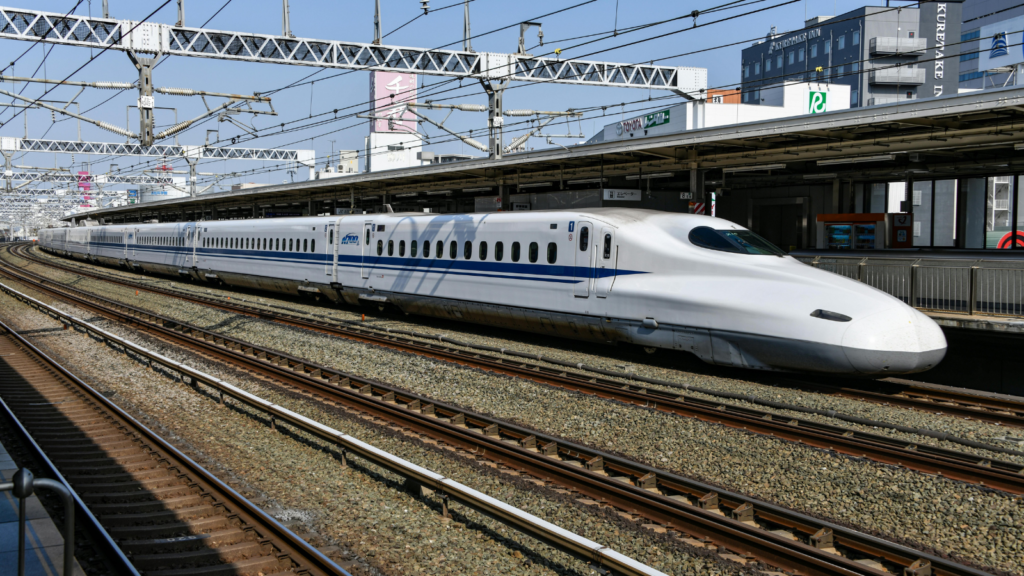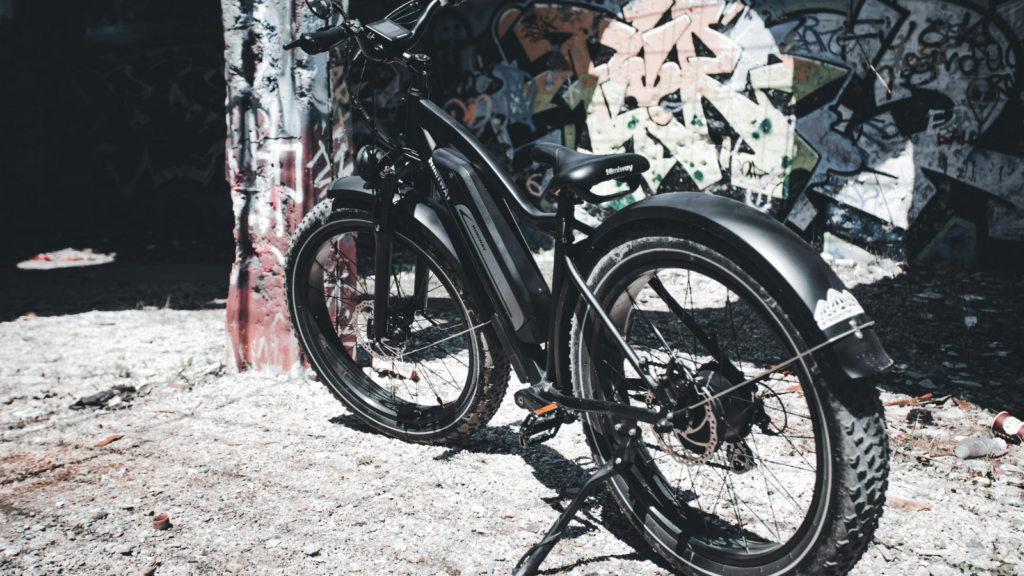As our planet grapples with environmental challenges, sustainable transportation emerges as a significant player in the quest for eco-friendly solutions. It’s no longer just a buzzword; it’s a necessity for the health of our planet and future generations. This article will delve into the fascinating world of sustainable transportation examples, showcasing some of the best examples in use today.
So, buckle up as we embark on a journey into the future of sustainable transportation examples, where green is the new black and eco-consciousness rules the road.
Sustainable Transportation Examples
Importance of Sustainable Transportation
Achieving a sustainable transport system bears significance on multiple levels. Primarily, it combats climate change, as transportation contributes to almost a quarter of global carbon dioxide emissions. Additionally, sustainable transportation reduces other pollutants, improving air quality, and public health. Equally crucial, it eases traffic congestion, improving productivity and quality of life in densely populated areas.
Key Elements of Sustainable Transportation

Sustainable transportation isn’t a singular concept, but rather it’s comprised of several elements. Chief among them, minimizing reliance on fossil fuels through the use of renewable energy sources like solar power for vehicles (e.g., electric cars or solar-powered trains). Another essential element is efficient infrastructure, promoting alternative modes of transport (e.g., cycle tracks). Lastly, it incorporates urban design that encourages walkability, reducing the necessity for vehicular transportation.
Categorizing Sustainable Transportation
Sustainable transportation takes on various forms, each aimed at reducing environmental impact. This section examines three categories: sustainable mass transit options, eco-friendly non-motorized modes, and green freight transport solutions.
Sustainable Mass Transit Options
Mass transit plays a crucial role in sustainable transportation. Buses, trams, trains, and subways offer potential to ferry multiple passengers at once, reducing individual carbon footprints. Buses powered by biofuels, electric trains, and hybrid trams exemplify sustainable mass transit. For instance, biofuel buses in Stockholm make significant strides in lowering urban air pollution.
Eco-friendly Non-motorized Modes

Non-motorized modes offer the most eco-friendly means of transportation. Walking, cycling, and skateboarding produce zero emissions and improve physical health.
Recent urban planning focuses on creating walkable and bicycle-friendly cities. Copenhagen, known for its expansive cycle paths, demonstrates how cities can efficiently cater to non-motorized modes.
Green Freight Transport Solutions
Freight carries a substantial amount of global cargo; hence, sustainable solutions in this sector are necessary. Green freight transport employs strategies like fuel-efficient vehicles, optimized delivery routes, and alternative fuels. An exemplar would be the use of liquefied natural gas-powered trucks by major shipping companies, thereby significantly reducing their carbon emissions.
Examining Sustainable Transportation Examples
This section elucidates real-world instances of sustainable transport variations, underscoring how these models address environmental concerns.
Example 1: Cycling Infrastructure in Copenhagen
Copenhagen’s bicycle-friendly infrastructure exemplifies sustainable transport options. The city’s initiatives, featuring 350+ kilometers of cycle paths and superhighways, illustrate effective eco-friendly urban design. It results in 60% of locals utilizing cycles, counteracting the CO2 emissions.
Example 2: Electric Buses in Shenzhen
Shenzhen’s electrified public transport is an impressive sustainable transport model. Remarkably, the city’s fleet consists of 16,000+ electric buses, fully replacing traditional fuel-based vehicles. It highlights China’s efforts to promote renewable energy use, aiding in the reduction of atmospheric pollution.
Example 3: High-Speed Rails in Japan/ Cargo Bikes in Amsterdam

Japan’s high-speed rail network, the Shinkansen, stands as a prime example of sustainable mass transit. The train network, reaching top speeds of 320 km/h, facilitates rapid inter-city connectivity. Consequently, it reduces air travel reliance and, thereby, decreases aviation-induced carbon footprints.
Amsterdam’s cargo bikes signify an efficient green freight solution. Businesses employ 15,000+ cargo bikes for small-scale deliveries within city limits. It underlines a successful switch from traditional vans to a non-motorized, carbon-neutral delivery method.
A Journey Into the Future
Sustainable transportation isn’t just about eco-friendly vehicles. It’s clear that sustainable transportation is not only feasible but is already being implemented globally. As we move forward, these examples serve as a beacon, guiding us towards a more sustainable future.

